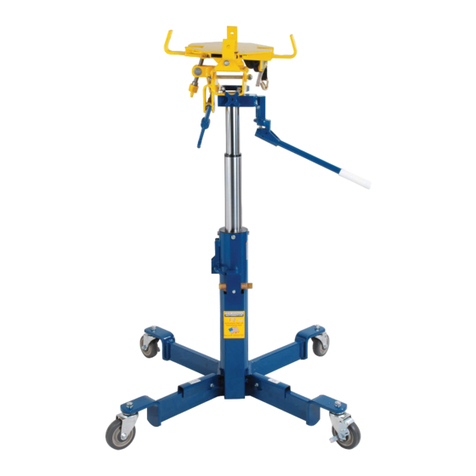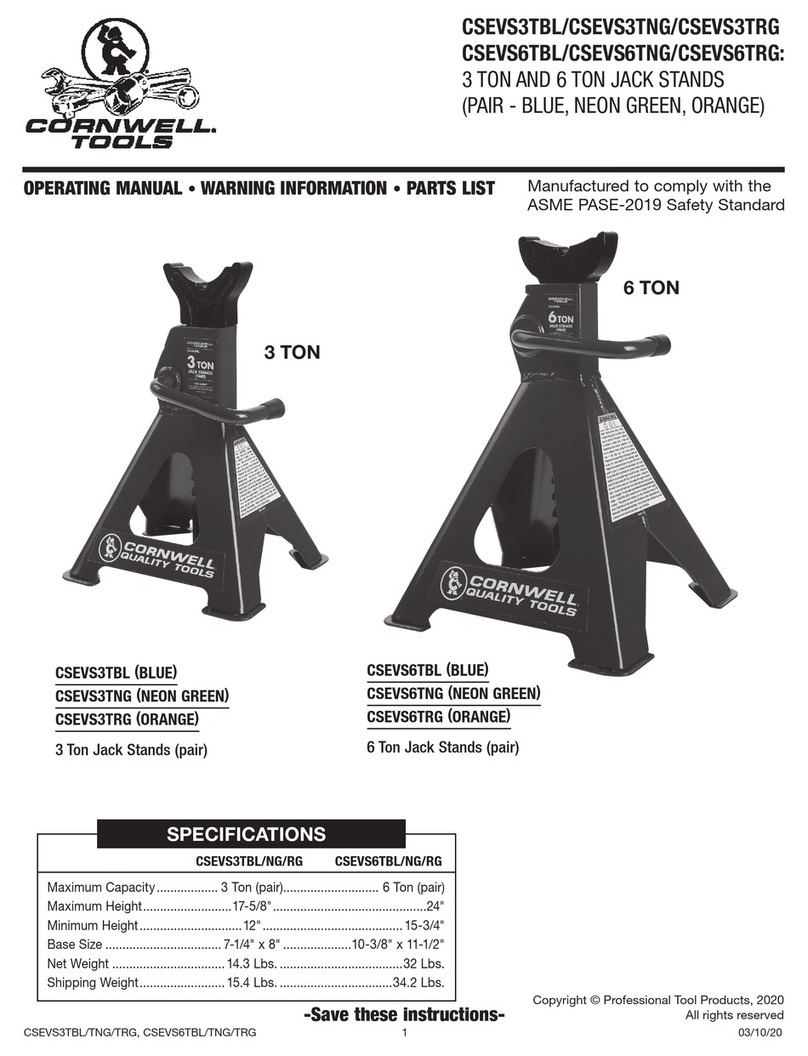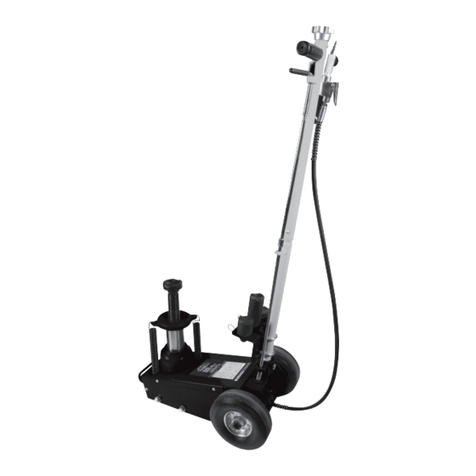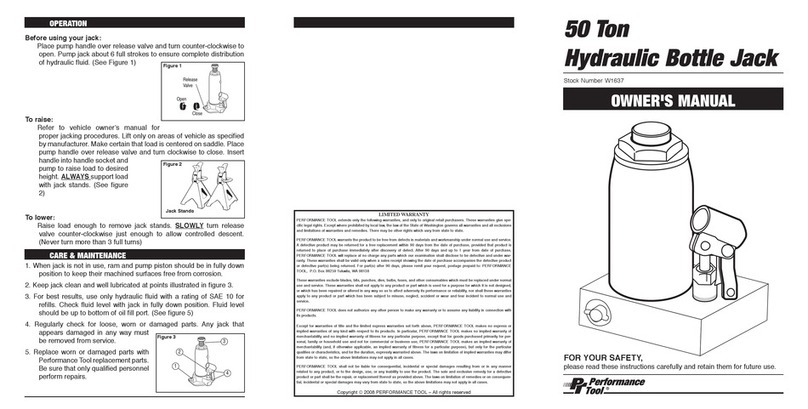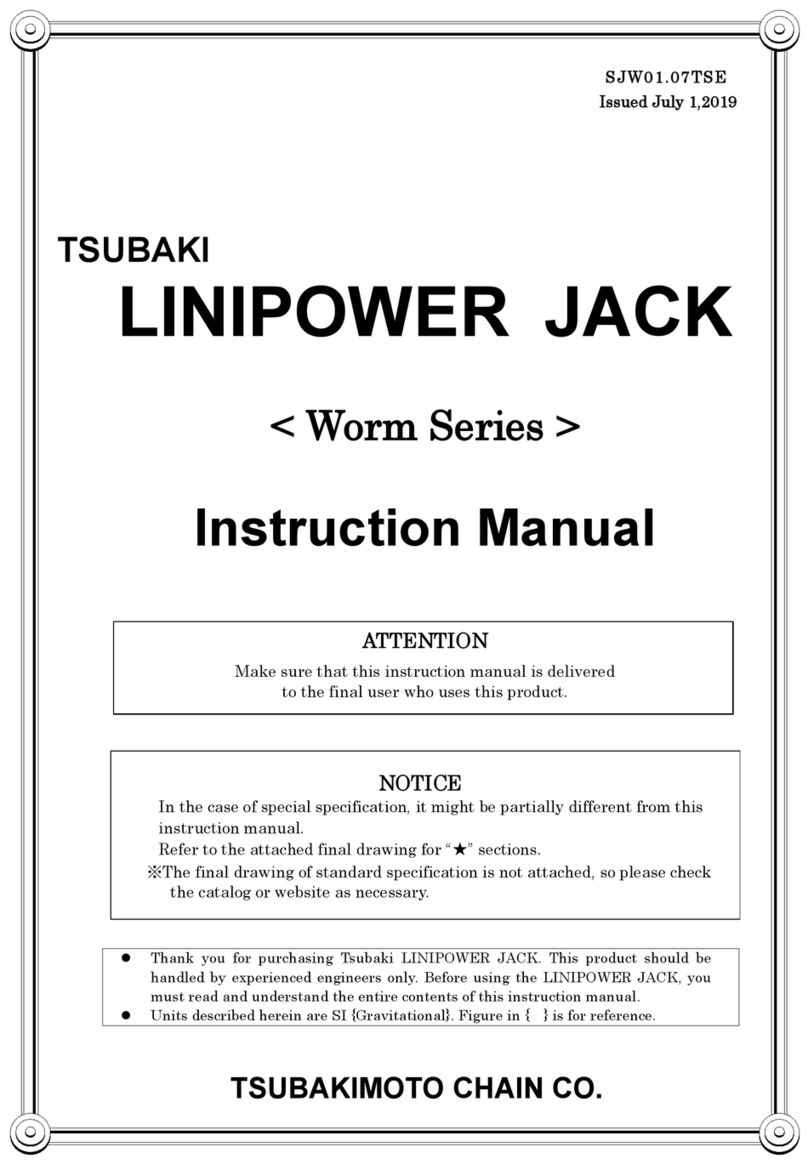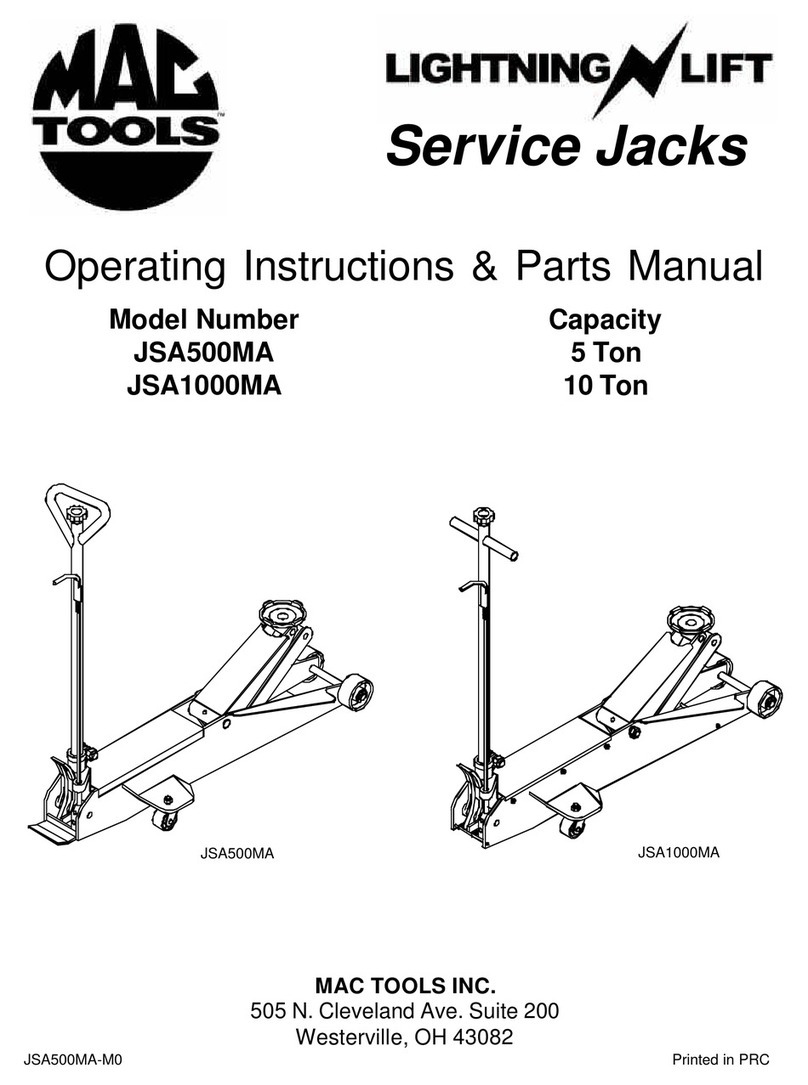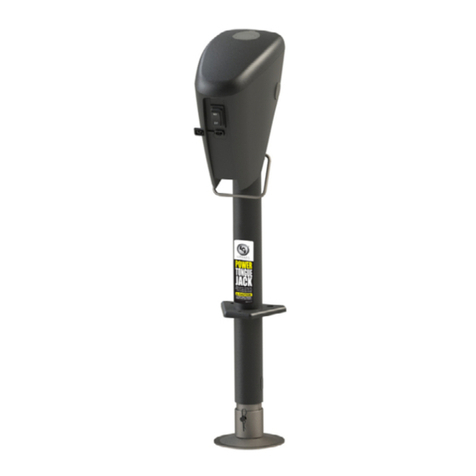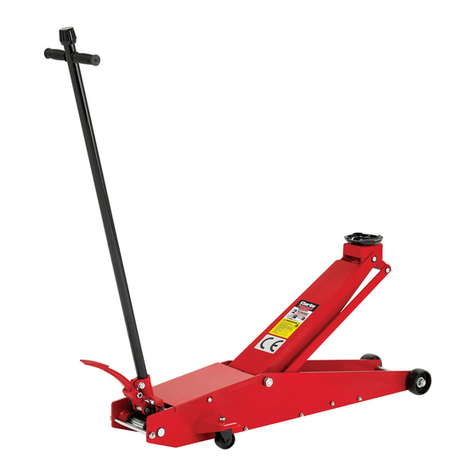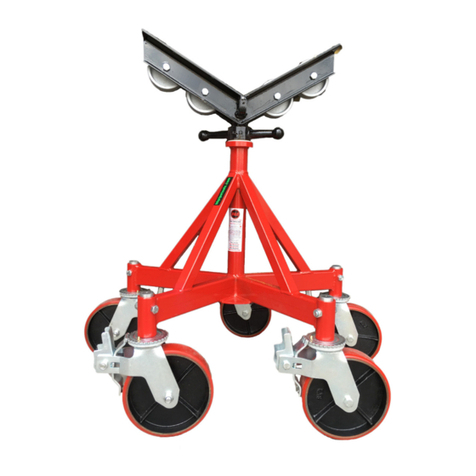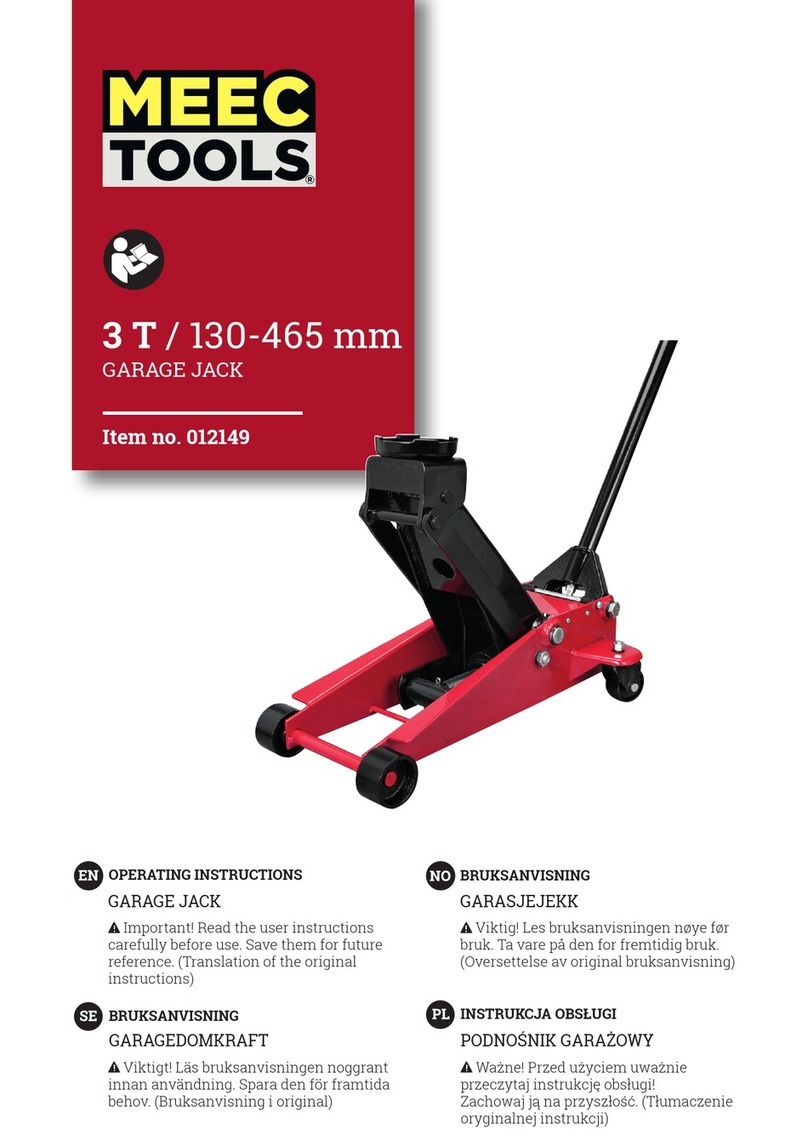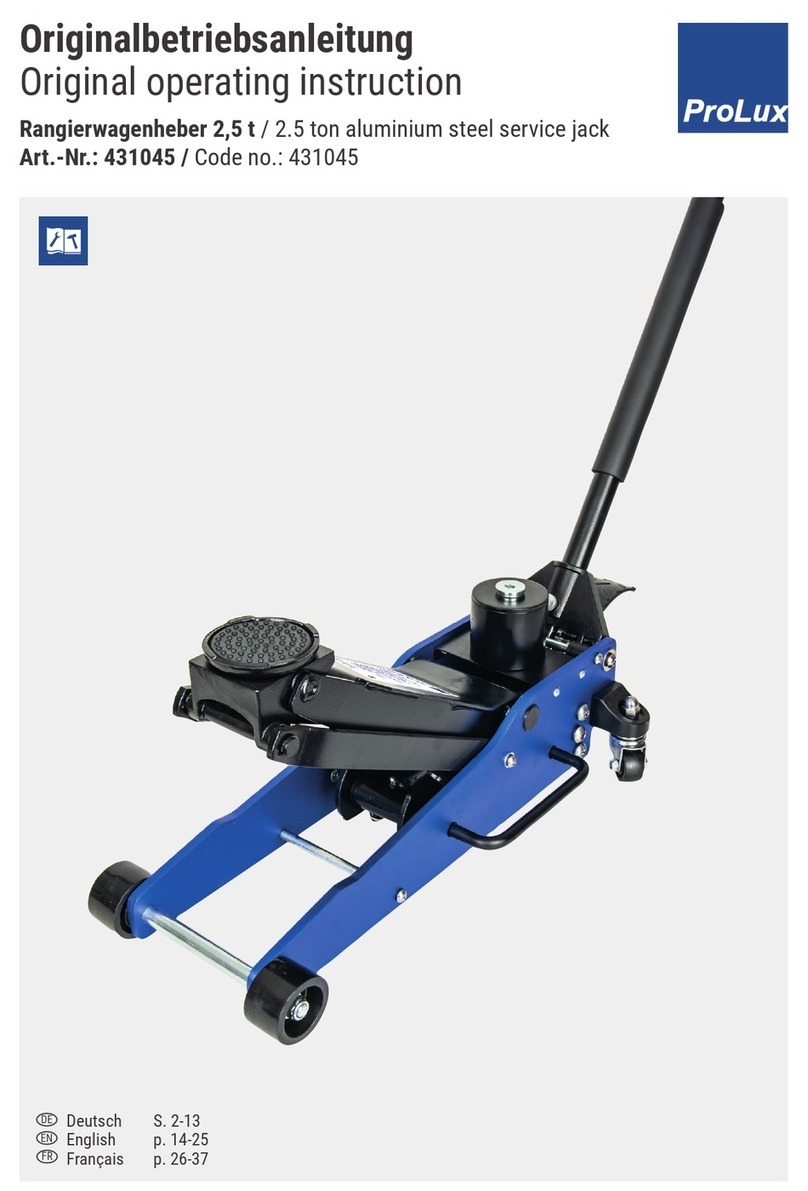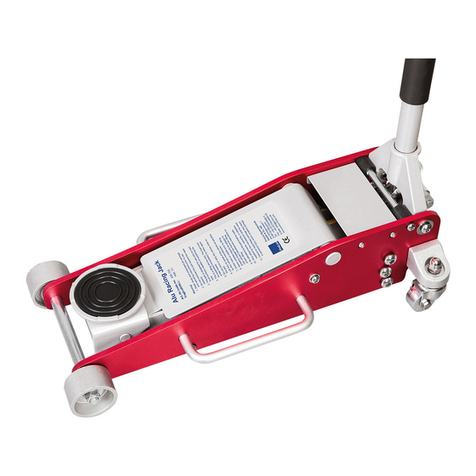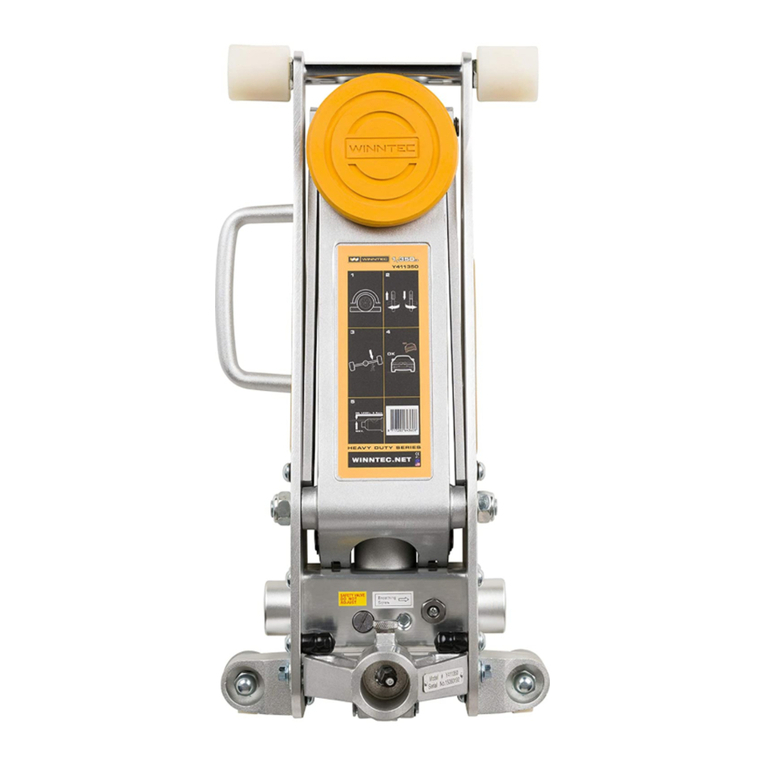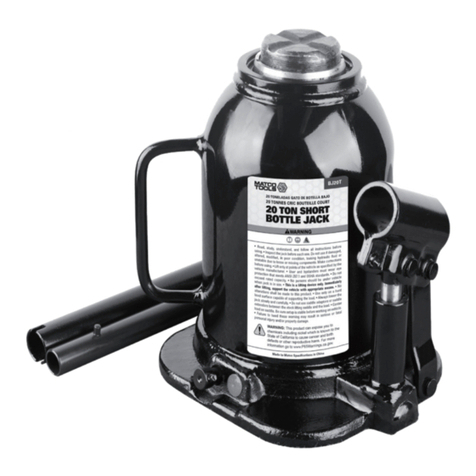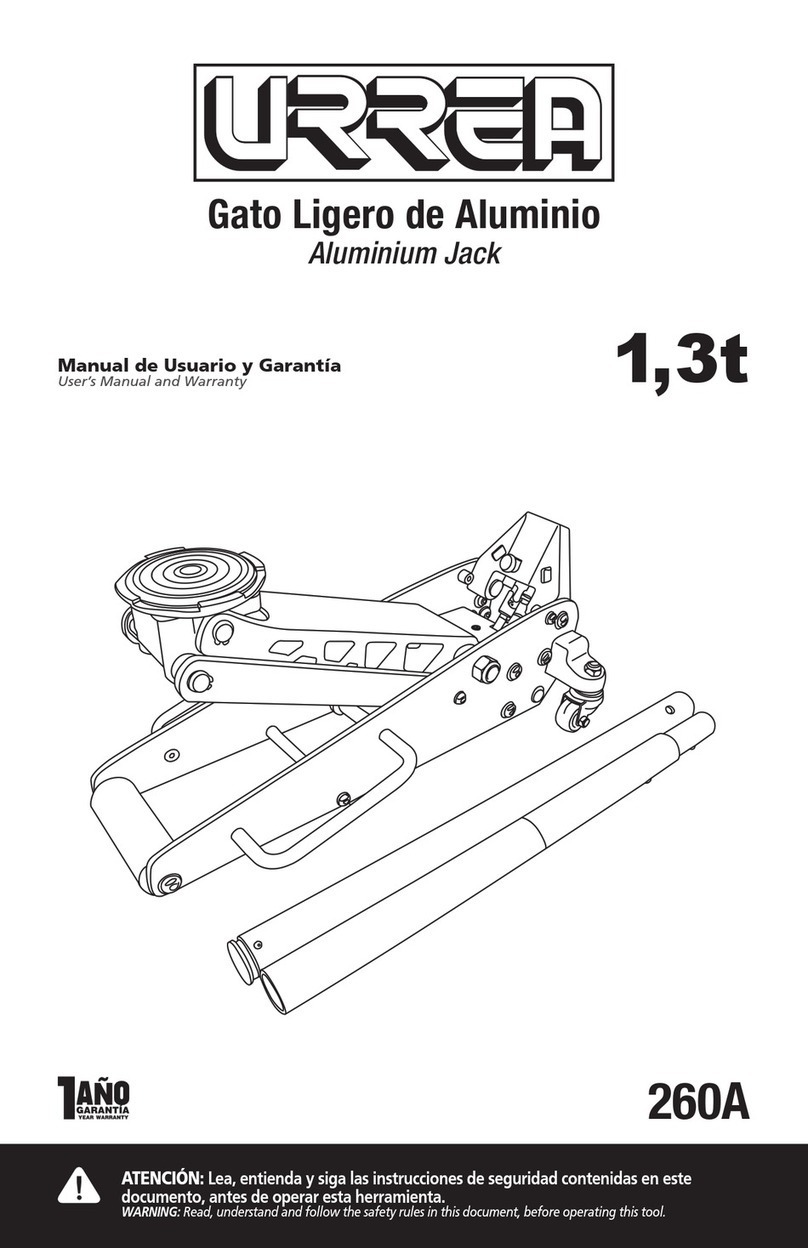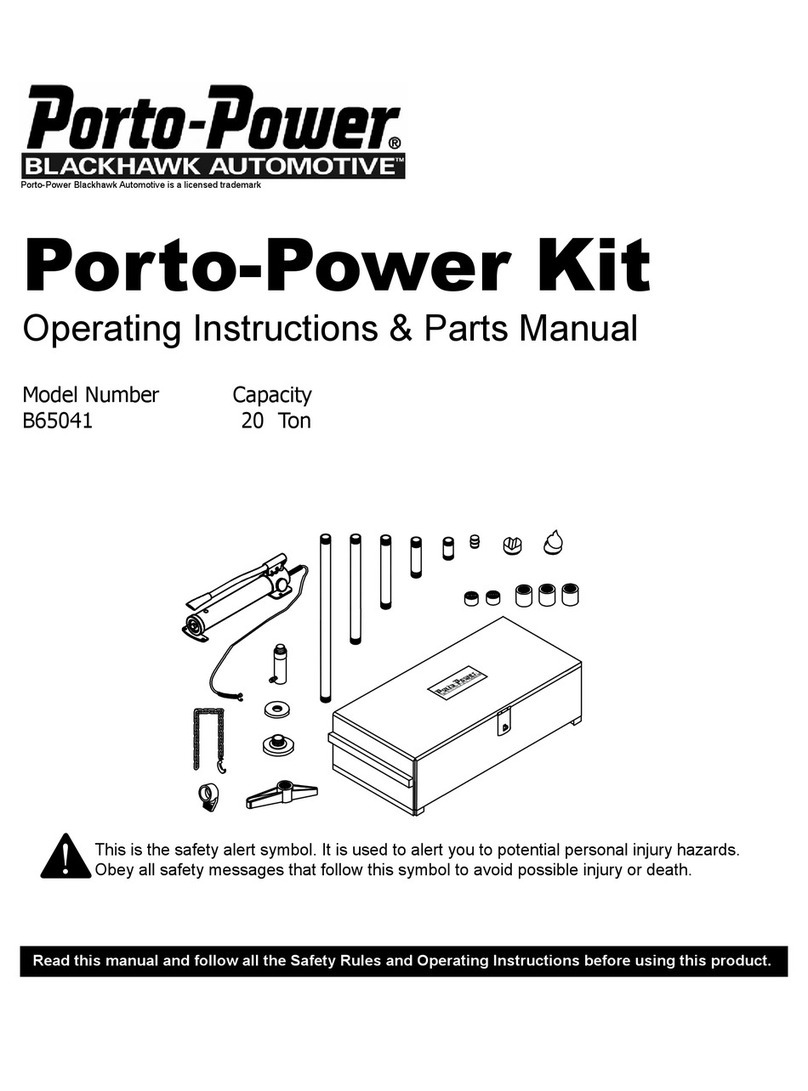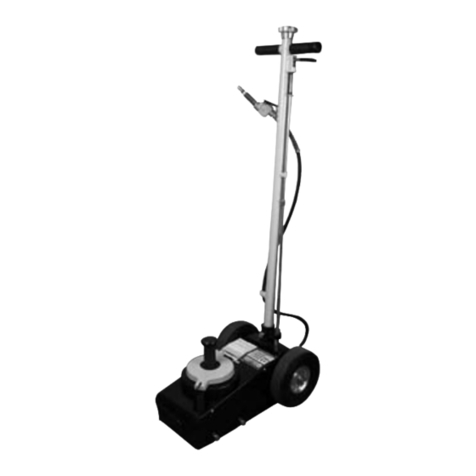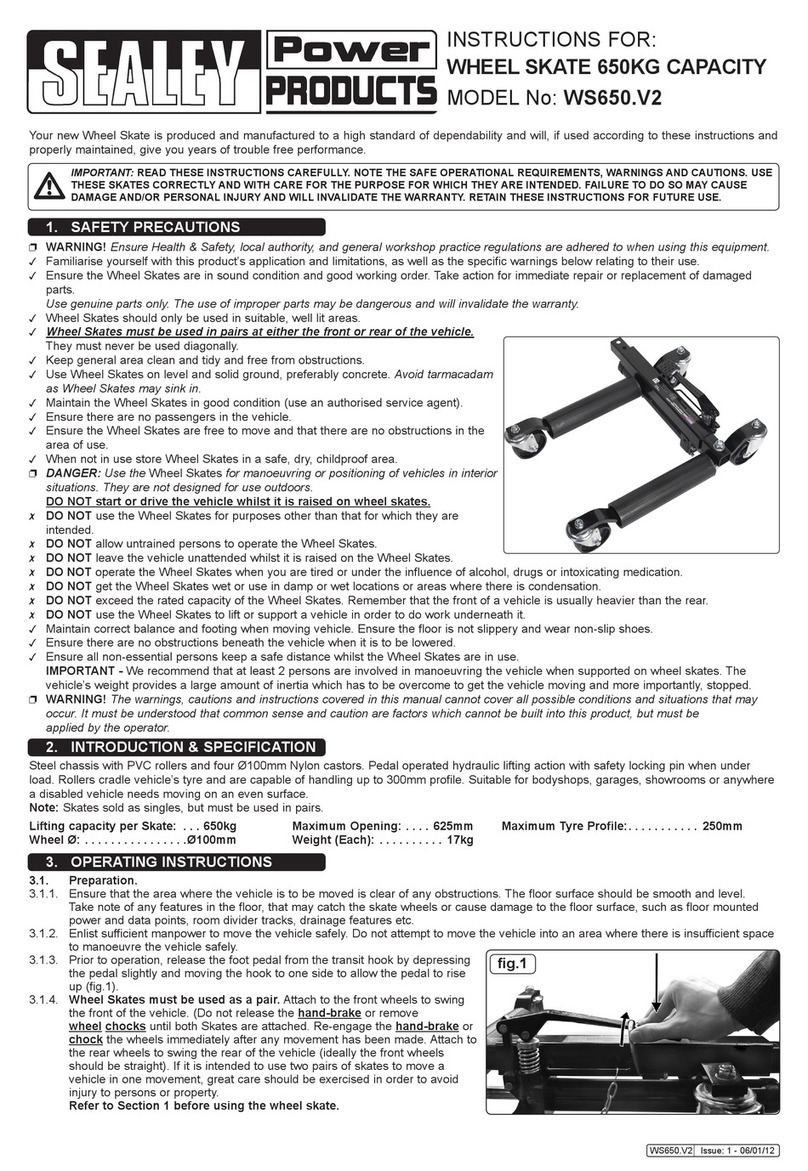
5
Bedienung
Heben: Drehen Sie das Liftkontrollventil im Uhrzeigersinn. Wenn der Heber Maximalhöhe erreicht hat,
stoppt er von selbst.
Senken: Zum Senken drehen Sie das Liftkontrollventil gegen den Uhrzeigersinn. Der Heber senkt sich
automatisch ab.
Wartung
- Die Luftpumpe sollte innen 14-tägig geschmiert werden. Das Schmieröl sollte 5 ml nicht unterschreiten.
- Vermeiden Sie eine alkalische, säurehaltige oder rostanfällige Ar-beitsumgebung.
- Reinigen Sie den Heber regelmäßig bei ständigem Gebrauch, vor allem den Hydraulikzylinder.
- Überprüfen Sie monatlich die Ölmenge im Öltank. Wenn Sie Öl nachfül-len müssen, achten Sie darauf, dass
es mit dem bereits im Tank be-ndlichen kompatibel ist.
Fehlerbehebung
Deutsch
Anzeichen: Mögliche Ursachen: Lösungen:
Druckverlust am Luftventil
Luftventil und Heber sind nicht
richtig verbunden oder das Luftventil
ist beschädigt.
Verbindung und Luftschlauch
überprüfen bzw. ersetzen.
Druckverlust am Zylinder Dichtungen und/oder Zylinder sind
beschädigt. Dichtung und Zylinder über-
prüfen bzw. ersetzen.
Etwas Öl tritt aus Öl läuft während des Transports in
den Luftschlauch zurück. Kein Problem, wenn der Heber
normal funktioniert.
Bei größerem Ölverlust
1. Luftzufuhr und Entlüftung sind
vertauscht.
2. Verbindung des Öleinlasses oder
Dichtung ist beschädigt.
3. Der innere Durchlass des Zylinders
ist gebrochen.
1. Leitungsanschlüsse über-
prüfen
2. Überprüfen und/oder erset-
zen der entsprechenden Teile
3. Überprüfen und/oder erset-
zen des Ölzylinders.
Lufthydraulikpumpe arbeitet
nicht
1. Einlassventil oder Feder ist be-
schädigt.
2. Hydraulikkolben oder Zylinder ist
beschädigt.
3. Luftdruck ist nicht groß genug,
Luftschlauch ist abgegangen oder
die Luftzufuhr ist gestört.
4. Kugel im Einlassventil ist nach
oben gestiegen und hat den Vorgang
unterbrochen.
1. Entsprechende Teile über-
prüfen und/oder ersetzen.
2. Entsprechende Teile über-
prüfen und/oder ersetzen.
3. Luftdruck (Soll: 9 - 12 bar)
und Luftzufuhr überprüfen.
4. Verbindungsteil bei der
Ölzufuhr entfernen, das Ventil
und die Feder säu-bern, danach
wieder einsetzen.
Lufthydraulikpumpe arbeitet
korrekt, aber der Zylinder bewegt
sich nicht
1. Niedriger Ölstand.
2. Die Kugel des Einlassventils ist
blockiert.
3. Ölzylinder ist beschädigt.
1. Hydrauliköl nachfüllen.
2. Verbindungsteil bei der
Ölzufuhr entfernen, das Ventil
und die Feder säubern, danach
wieder einsetzen.
3. Ölzylinder überprüfen und/
oder ersetzen.
Originalbetriebsanleitung - Tragbarer, lufthydraulischer Wagengheber













